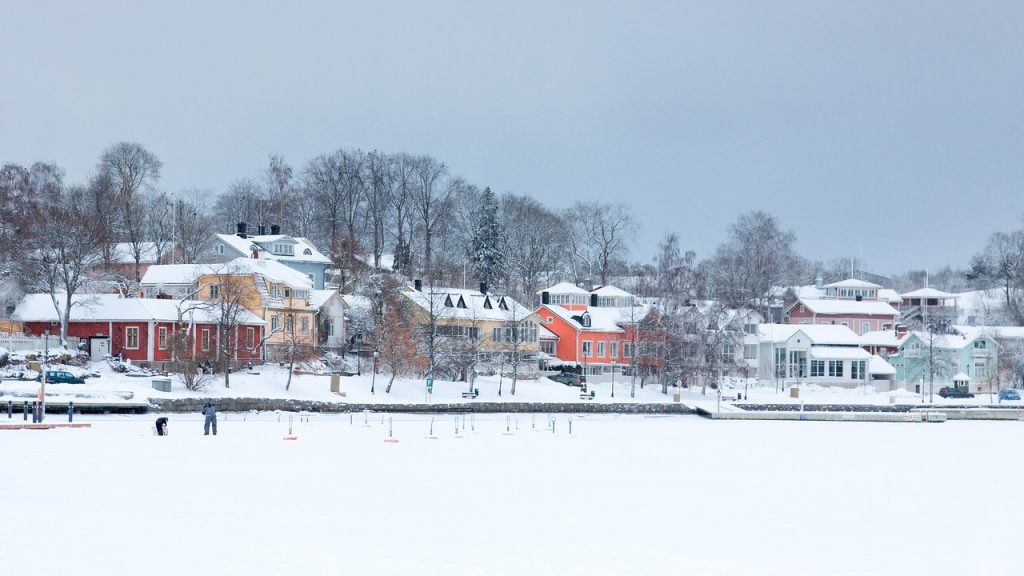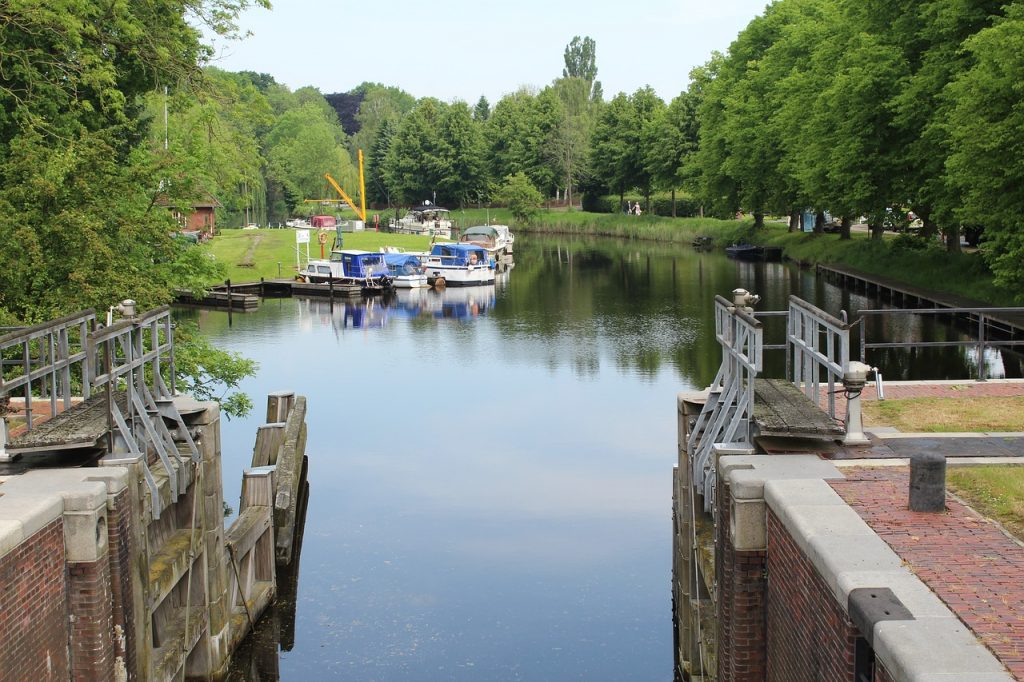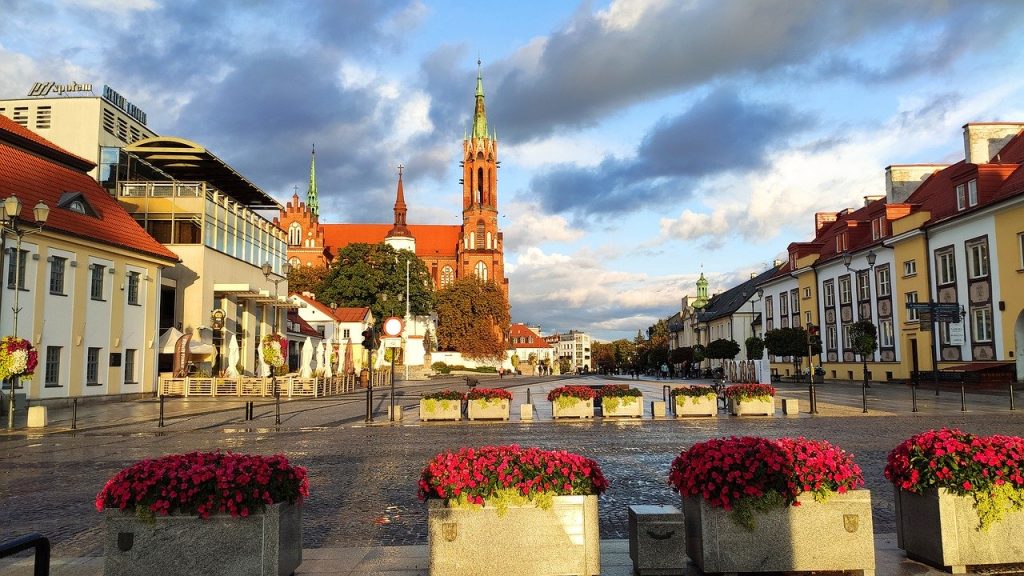Supraśl is located 16 km north-east of Białystok, on the west bank of the Supraśl River, from which it was named. As the only urban center, the seat of municipal and commune administrative authorities, it is located directly within the Knyszyn Forest Landscape Park. Supraśl is a small town with less than 5 thousand. residents. Located among forests, devoid of industry, it has a specific microclimate, peloid deposits, clear waters of the Supraśl River, as well as a rich history and numerous monuments. It is a place that will develop in terms of tourism in the future. Supraśl’s summer holiday traditions date back to the interwar period, when, despite the developing textile industry, there were guest houses, tuberculosis sanatorium, forest park with a pavilion, tennis courts, bowling alley, stadium, ski and toboggan center and a well-equipped swimming pool.
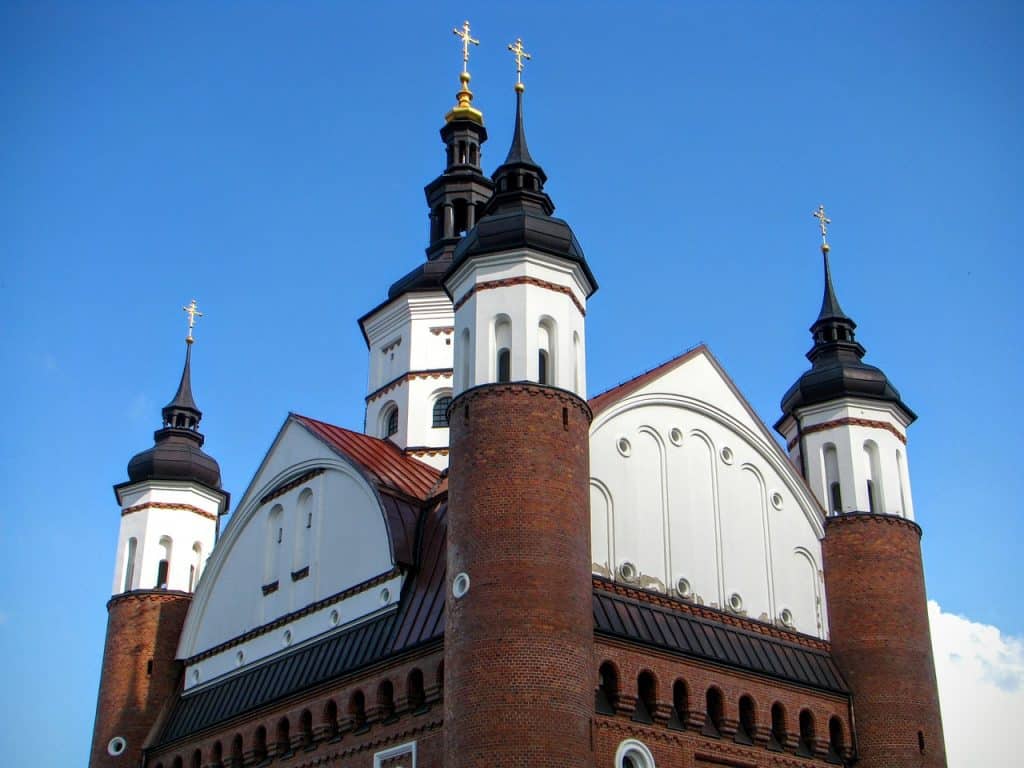
The origins of the village are unknown, it probably existed as a small settlement at the beginning of the 14th century on the border of the Duchy of Lithuania and Mazovia. The Sprząśla River (former name of today’s Supraśl River) was the border of both principalities in the mid-14th century.
In the 15th century, Supraśl became part of the Chodkiewicz family estate. In 1498, Aleksander Iwanowicz Chodkiewicz built a monastery in Gródek. Basilians near their residence. However, this place did not suit the monks, it was too loud, and the hermit’s rule ordered them to live away from the hustle and bustle of the city and civilization. So they asked the founder to be transferred to another place. Chodkiewicz agreed to erect a monastery in a place called Sucha Gruda, at the estuary of two rivers into the Supraśl river: Berezówka and Grabówka. The construction of the new monastery began in 1500. At that time, a small wooden Orthodox church was erected. st. John the Evangelist. A few years later, the construction of a brick church began. Its construction was completed in 1510. Since the arrival of Basilians in Suprasl, the history of the settlement for over three hundred years is related to the history of the monastery. The period from 1500 to 1510 was the time of various grants to the monastery and the Basilian order in Supraśl from the Chodkiewiczs and other donors.
Prof. Wiśniewski, discussing the towns between Narew and Supraśl, writes that although it is not known whether Supraśl, granted by the Chodkiewiczs, received city rights, it was marked as a town on Makowski’s map from around 1600.
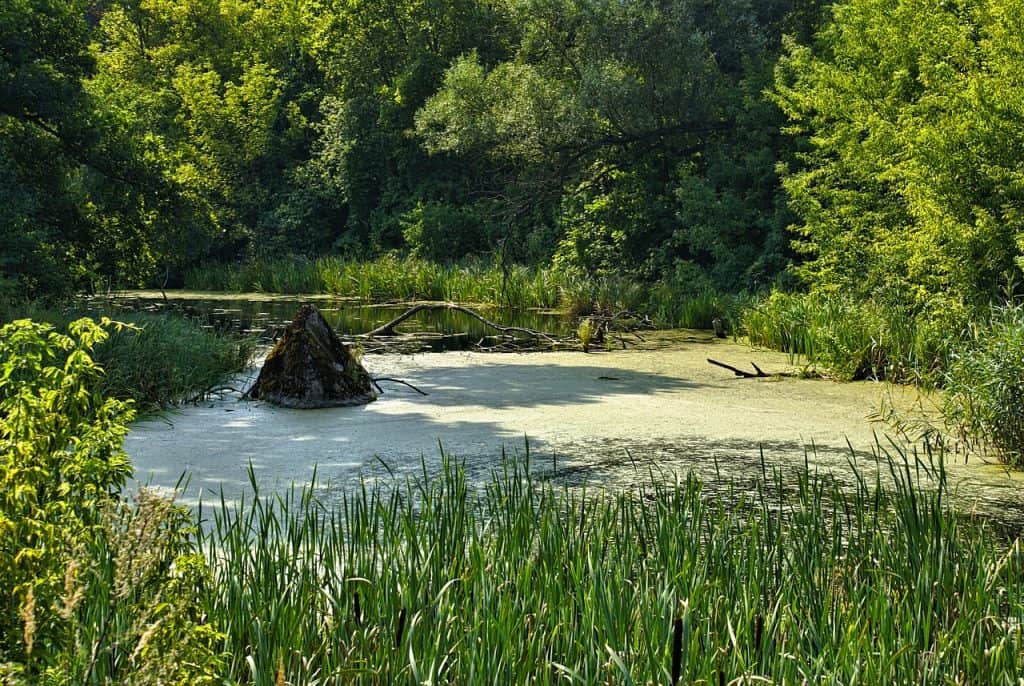
In 1614, Suprasl monks belonged to the union, concluded in 1595 in Brest on the Bug by the Greek and Roman Catholic churches.
In the 16th and 17th centuries, the Uniate bishops of Pinsk and Włodzimierz were appointed abbots of the Basilian monastery against the laws and opposition.
The Uniate period is a time of prosperity, as evidenced by the wealth of the order and the expansion of the monastery. In the 17th century the palace of archimandrites, i.e. abbots, was built. It was the seat of the metropolitans of all Russia, bishops and Suprasl abbots.
Successively from the Abbots’ Palace, segment by segment, the Basilians built their monastery until 1834. The crowning achievement of the entire monastery complex was a brick baroque bell-tower gate, the construction of which was completed in 1697. The belfry burned down in 1702 and was rebuilt in 1752 .
Basilians bring education to Podlasie, set up a printing house and a paper mill. They have also completed a wonderful library, including, among others about 80 volumes of manuscripts, including the Chronicle of Suprasl and the Suprasl Codex from the 11th century.
After the third partition of the Polish-Lithuanian Commonwealth, Supraśl was incorporated into Prussia, the property of the monastery was confiscated and in 1798 a Uniate bishopric was established in Supraśl with the consent of Pope Pius VI. In 1839, the monastery returns to the bosom of the Orthodox Church.
In 1807, by virtue of the Tylżycki Treaty, the Białystok District was incorporated into the Russian Empire.
After the November Uprising, customs duties were introduced on the border of the Russian Empire and the Kingdom of Poland, among others, on textiles. This led to an influx of industrialists who developed the textile industry here. They also left a permanent mark in the form of the present architectural division of the city. The Zachert and Buchholtz families deserved a special mention. Supraśl has grown from a small monastic settlement to 400 houses and over 3,000 inhabitants. Starting from the 1860s, the dynamics of industrial development in the town decreased and with time it was overtaken by such centers as Białystok, which were on the Warsaw-St.Petersburg railway route.
At the end of the 19th century, the dynamically developing Supraśl was also a place of rest and recreation. Tourists of that time not only used the microclimate of the forest settlement, but also parks, restaurants and even tennis courts were created for them.
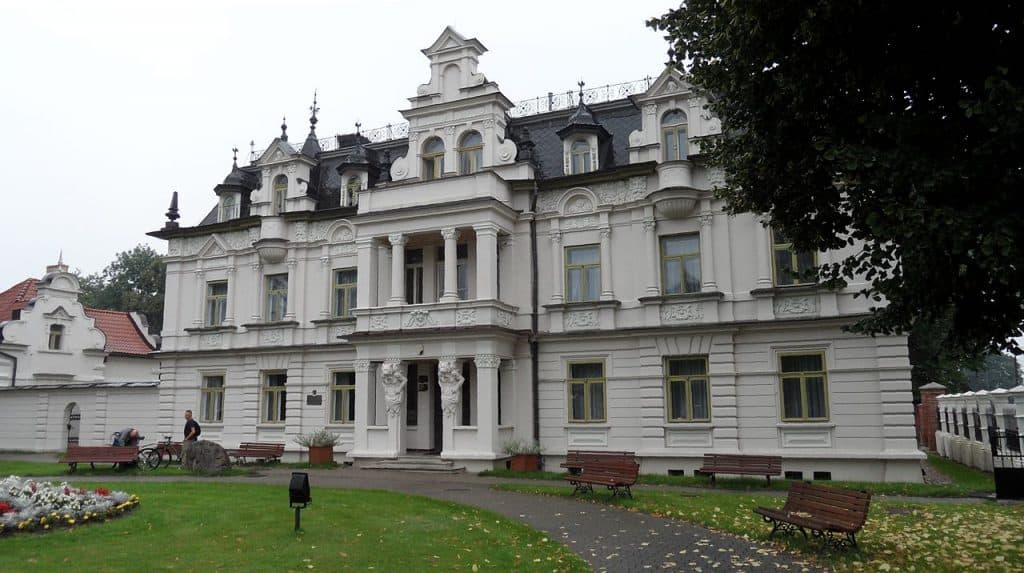
In 1915, Supraśl monks, together with the Russian troops retreating from the Germans, left for Russia, taking the monastic property with them.
After the First World War, the monastery buildings were taken over by the Curia of the Vilnius Metropolis. From 1935 the Salesian fathers ran an educational institution in the convent rooms.
During the Second World War, the monastery in Supraśl was occupied by the Soviet army. The soldiers devastated the church. While fleeing the Germans in 1941, they set fire to the abbots’ palace.
In 1944, the Orthodox Church of the Annunciation of the Blessed Virgin Mary was demolished by a division of miners from the SS Galizien formation. In the same year, the retreating German army blew up almost all factories, which meant that the history of Supraśl as an industrial center ended. The textile industry in this city has not revived. After the war, the monastery buildings were taken over by the Ministry of Agriculture, which established the Technical School of Agricultural Mechanization.
In 1984, thanks to the efforts of the Orthodox Church, the reconstruction of the temple began. Currently, there is the Male Monastery of the Annunciation of the Blessed Virgin Mary.
On December 28, 2001, the Prime Minister signed an ordinance granting the city of Supraśl the status of a Low Climatic and Mud Health Resort.
After many years of self-government efforts, Supraśl joined the group of Polish Health Resorts. Various studies have been prepared, climate studies have been carried out, the use of peloid for therapeutic purposes has been confirmed and the health resort statute has been developed.
One of the biggest attractions of Supraśl is the Museum of Icons, located in part of the 17th-century Archimandrite Palace.
The article comes from the website of the Podlaskie Voivodeship wrotapodlasia.pl
